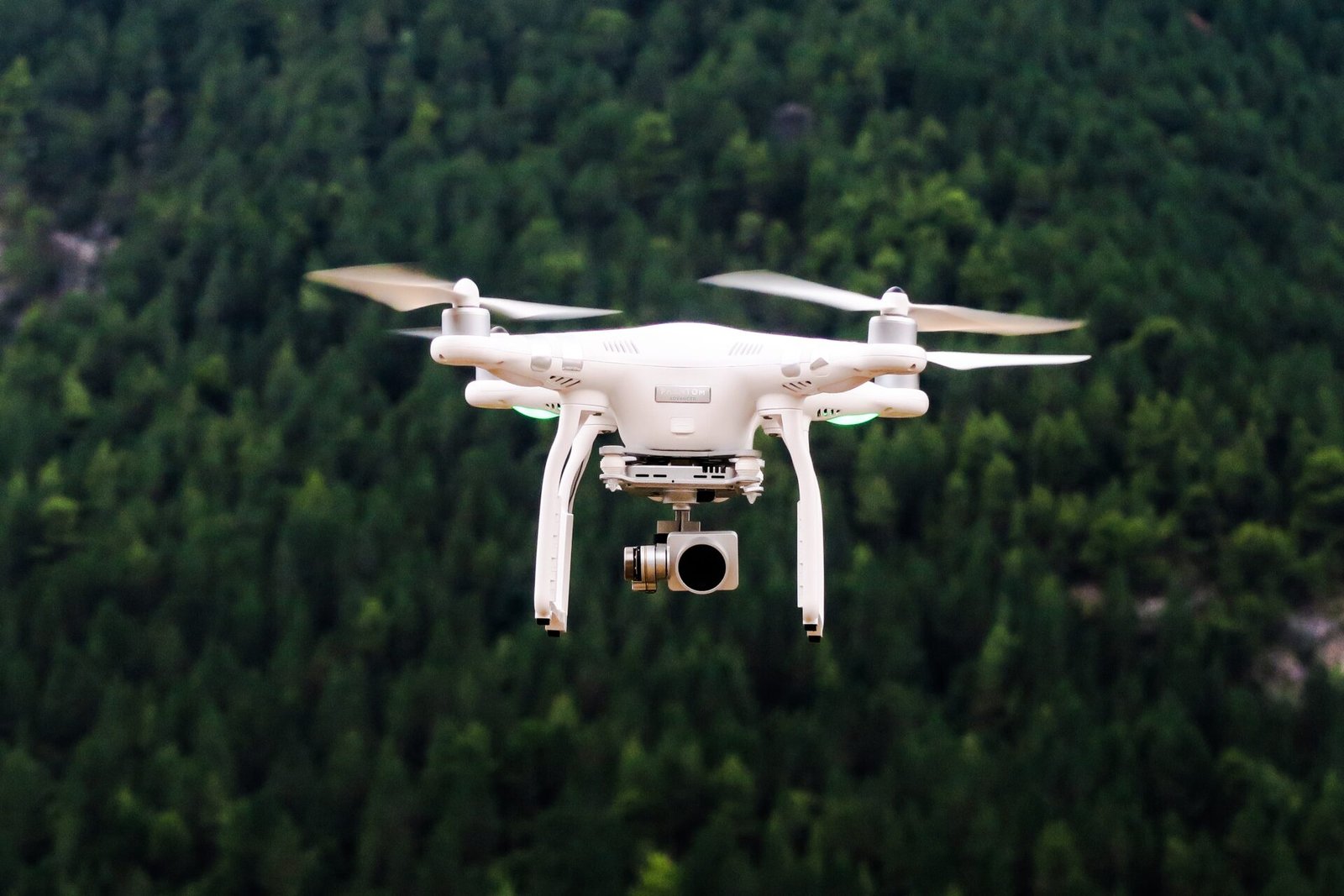In recent years, technological advancements have revolutionized modern warfare, one of the most significant of which is the advent and increasing use of unmanned aerial vehicles (UAVs) or drones. These machines, both in civilian and military applications, have drastically changed how conflicts are approached and executed. The skirmishes between nations, notably Russia and Ukraine, provide a clear insight into this emerging facet of contemporary warfare.
On a crisp Saturday, Russia’s Defense Ministry took to Telegram, a popular social media platform, to announce that it had successfully shot down 20 Ukrainian drones in the vicinity of the Crimean peninsula. This incident, while isolated, offers a snapshot into the escalating tensions between the two nations and highlights the growing importance of electronic warfare in modern combat scenarios.
The Incident As Narrated
According to the details shared by Russia’s Defense Ministry, of the 20 drones intercepted, 14 were successfully destroyed through the use of air defense systems. The remaining six, however, were not destroyed by traditional means. Instead, they were effectively suppressed through electronic warfare measures. The incident fortunately did not lead to any reported casualties or damage to infrastructure, indicating a precise and targeted defensive action.
As of the announcement, Ukraine has remained silent and has not responded to Russia’s claim, leaving many to speculate about the purpose and mission of these unmanned vehicles.
The Rise of Drone Warfare
The use of drones or UAVs in warfare is not new. However, the frequency, sophistication, and significance of their usage have exponentially grown in recent times. They offer a range of benefits: they can operate without putting human lives directly at risk, have the potential to be more cost-effective than manned aircraft, and can be used in a variety of roles, from surveillance to direct combat.
Both Russia and Ukraine have been investing in drone technology, highlighting the strategic importance they place on this modern tool of warfare. Given the geopolitics of the region and the history between the two nations, the Crimean peninsula has always been a hotspot of tensions. Drones offer a means to surveil, gather intelligence, and if required, engage without escalating to full-blown combat involving human troops.
Electronic Warfare: The New Battlefield
While drones have their advantages, they also present unique challenges that nations must navigate. One of the primary means of countering drones is through electronic warfare, as demonstrated by Russia in the recent incident.
Electronic warfare involves the use of the electromagnetic spectrum or directed energy to control the spectrum, attack an enemy, or impede enemy assaults via the spectrum. It’s a battle of frequencies, signals, and countermeasures. In the context of drones, electronic warfare can be used to disrupt communication between the drone and its operator, rendering the UAV ineffective or even commandeering it.
This form of warfare is rapidly becoming a cornerstone of modern military strategy, especially in regions where conventional combat may be too risky or politically charged.
The Silence from Ukraine
Ukraine’s lack of response to Russia’s claim raises several questions. Was the mission of these drones purely for surveillance, or were they equipped with more aggressive capabilities? Was Ukraine testing Russia’s air defense and electronic warfare capabilities? Or was there another strategic objective behind this operation?
While these questions remain unanswered, the silence itself speaks volumes about the intricacies of international diplomacy and the subtle power plays at work behind the scenes. In an era where information is as crucial as weaponry, Ukraine’s decision to withhold a response may be a calculated move.
The Implications for Global Security
Incidents like these, while localized, have broader implications for global security dynamics. As more nations invest in drone technology and electronic warfare capabilities, the rules of engagement are evolving. Traditional notions of warfare, which involved human troops, tanks, and aircraft, are being augmented with these new tools, leading to a more complex battlefield.
The international community will need to grapple with the legal and ethical implications of drone warfare. While drones can reduce human casualties on the side deploying them, what are the ramifications for civilian populations? How do nations ensure accountability and avoid misuse?
Furthermore, as electronic warfare becomes more sophisticated, so too does the potential for miscommunication and accidents. A simple glitch or misread signal could lead to unintended consequences, making it imperative for nations to develop clear protocols and understandings.
In Conclusion
The shooting down of 20 Ukrainian drones by Russia near the Crimean peninsula is more than just an isolated incident of defense. It’s a glimpse into the future of warfare, where unmanned vehicles and electronic measures will play pivotal roles. As nations navigate this new terrain, it will be crucial to approach these challenges with caution, understanding, and a commitment to global peace and security.
Read More:
